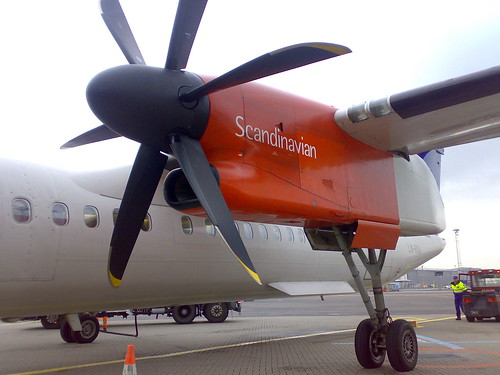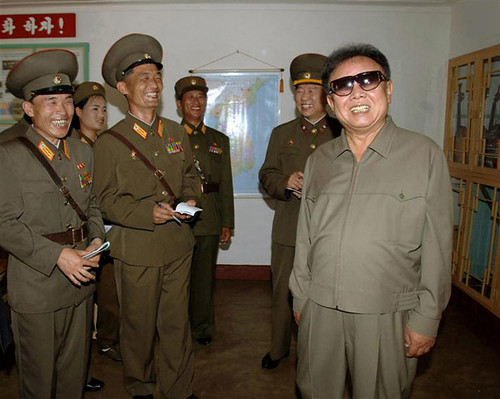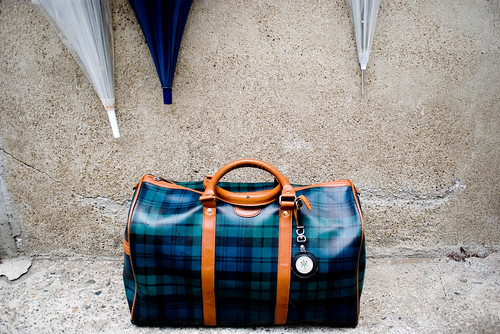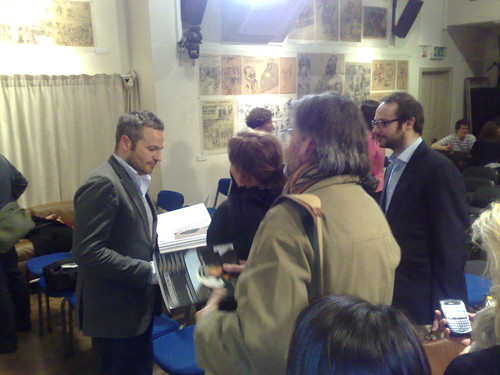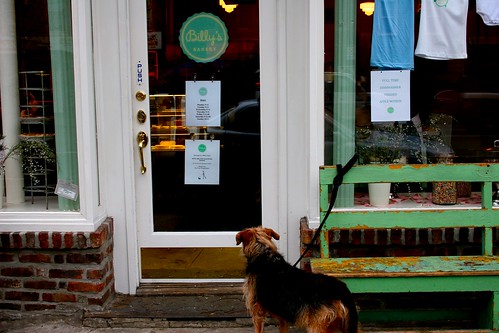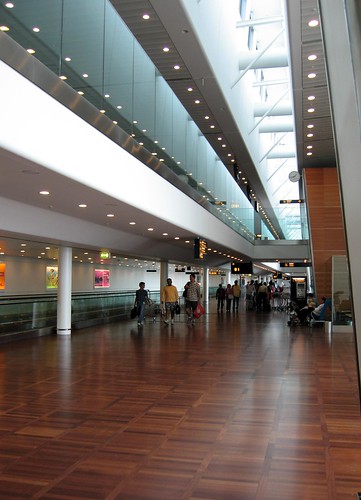
To start off this installment it seemed fitting to follow the process that every traveller normally goes through, from departure to landing. Hence, starting off with an attack on the so often sub-par standards of terminals worldwide. We often shrugg when touching down in the spectacle that is Heathrow Airport in London or departing from the tragedy of De Gaulle in Paris.
For inspiration we turned to some of the best aviation hubs around the world. Terminals are potential time savers when done properly but to be honest often they are toxic time wasters. Since our passengers are en route to Hong-Kong, Milan or Frankfurt at any given day and like all Business travellers run on a tight schedule. The terminal therefore needs to address the issues of infrastructure and design, the two most important aspects for any likeminded business traveller.
Infrastructure wise the primary inspiration comes from Tokyo’s own Haneda airport:
Tokyo’s Haneda Airport wouldn’t win any architectural prizes but boy, does it work. It’s a shallow airport, so you can get to check-in fast. Many airports try to funnel their passengers through one security area, but Haneda has six or seven, which means you can get from kerbside and past security in 90 seconds. It’s the fourth-busiest airport in the world, but it’s primarily a domestic airport, and doesn’t have a massive duty-free area. Instead there’s an amazing grocery store. You can even pre-order your groceries and pick them up after you land.
If you combine that with the Scandinavian architectual high note that is Copenhagen Airport, described as:
It’s just so exquisite, so uniquely Nordic, there’s no mistaking you’re in Copenhagen. The floors are teak throughout, and the signage is excellent: dark navy background with yellow text. There are washrooms every 20 metres, so you never have to worry about schlepping down the hall to find the loo.
Brülé Airways is combining a well-designed infrasctructure with fantastic Scandinavian design details wrapping it all up in the service mindset and attention to details of Japanese retailers to create a unique terminal experience.
